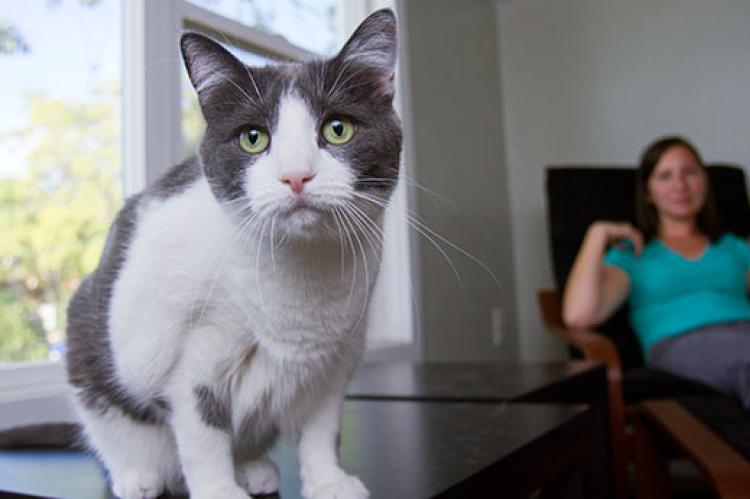- Joined
- Jul 19, 2020
- Messages
- 9
- Purraise
- 42
We received a new feral cat a few days ago. He had been living under a farmhouse for quite a while. We have him in a large dog crate and he seems comfortable. On day 2 I was able to stroke him and while he doesn't seem to mind me stroking his head, ears, paws, he still seems to be frightened and backs away a little. He's shown no sign of aggression at all but I don't know if I'm doing the right thing in stroking him at this stage in case I'm frightening him more than comforting him. I have a couple dogs who are both good with cats, the smallest has been sniffing around the cage but he's more interested in stealing the cat food than the cat itself. The cat however won't be used to having dogs around so how do I introduce them in a safe way
He's a big boy, his fur is like a possums

He's a big boy, his fur is like a possums







